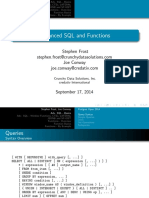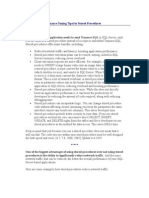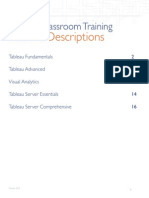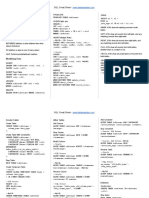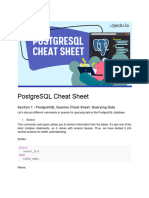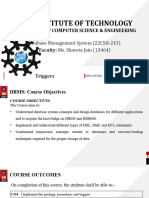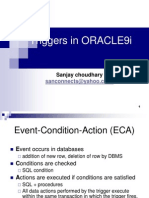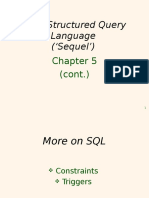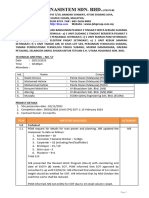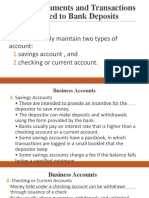0% found this document useful (0 votes)
255 views31 pagesAdvanced SQL
1) Triggers are stored procedures that automatically execute when events such as insert, update or delete occur in a database.
2) Triggers have three main components - the event that triggers the stored procedure, an optional condition, and the action that occurs.
3) Triggers can reference new and old values using :new and :old and can check values, update values, and enforce business rules and constraints.
Uploaded by
thgoumCopyright
© © All Rights Reserved
We take content rights seriously. If you suspect this is your content, claim it here.
Available Formats
Download as PPT, PDF, TXT or read online on Scribd
0% found this document useful (0 votes)
255 views31 pagesAdvanced SQL
1) Triggers are stored procedures that automatically execute when events such as insert, update or delete occur in a database.
2) Triggers have three main components - the event that triggers the stored procedure, an optional condition, and the action that occurs.
3) Triggers can reference new and old values using :new and :old and can check values, update values, and enforce business rules and constraints.
Uploaded by
thgoumCopyright
© © All Rights Reserved
We take content rights seriously. If you suspect this is your content, claim it here.
Available Formats
Download as PPT, PDF, TXT or read online on Scribd
/ 31


